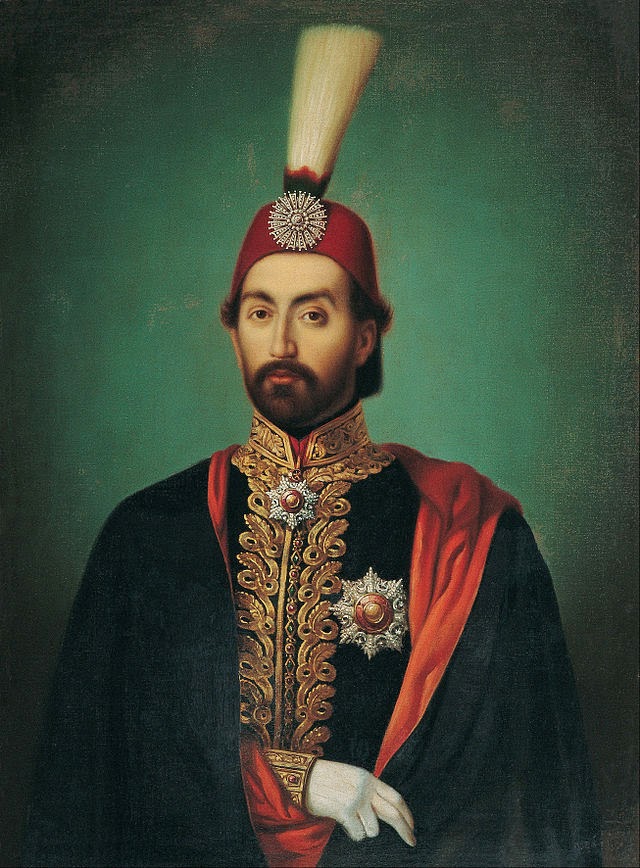 |
Detail of Franz Roubaud’s
panoramic painting “The Siege of Sebastopol”(1904)
|
The Treaty of Paris of March 30, 1856 ended the Crimean War that began in October 1853. Napoleon III exercised his power to call a peace meeting in Paris. This will inflate his ego and recalled the French people his uncle Napoleon I (Bonaparte).
 |
Prime Minister of the United Kingdom, Henry John Temple, 3rd Viscount
Palmerston by Francis Cruikshank.
|
The Treaty of Paris established the territory of the Black Sea as neutral; closed to all vessels of war; prohibited naval bases; fortifications, and the presence of weapons in mainland beaches and around the Black Sea. The Treaty was adverse to Russia because it stopped all Russians intentions to expand into the Middle East.
 |
Napoleon III, Second
and last Emperor of France
|
The Turkish-Ottoman Empire survived thanks to The United Kingdom of Great Britain and the Second French Empire. The Prime Minister of the United Kingdom, Lord Palmerston, had long maintained a suspicious and hostile attitude towards Russia, whose autocratic government offended his liberal principles. High authorities of the British government were quite paranoid about Russian incursions into the Ottoman Empire.
 |
Abdülmecid I, Sultan of the Ottoman Empire
|
Lord Palmerston argued in Cabinet, after Russian troops concentrated on the Ottoman border in February 1853, that the Royal Navy should join the French fleet in the Strait of Dardanelles, gate to the Black Sea, as a warning to Russia.
 |
| Painting by Edouard Louis Dubufe, Congrès de Paris, 1856, Palace of Versailles. |
The Russians considered of extremely importance the access to "hot waters" of the Mediterranean Sea, through which it was conducting global trade.
No hay comentarios:
Publicar un comentario